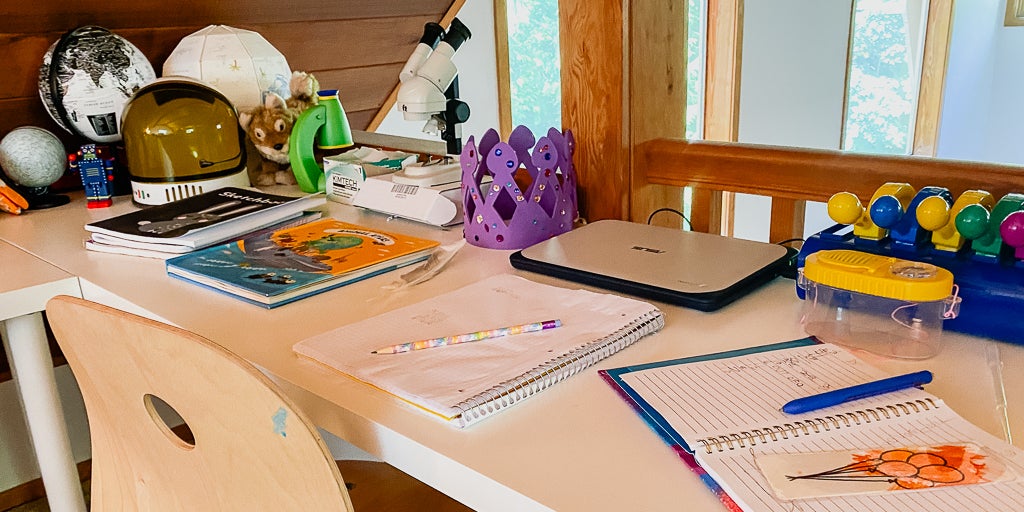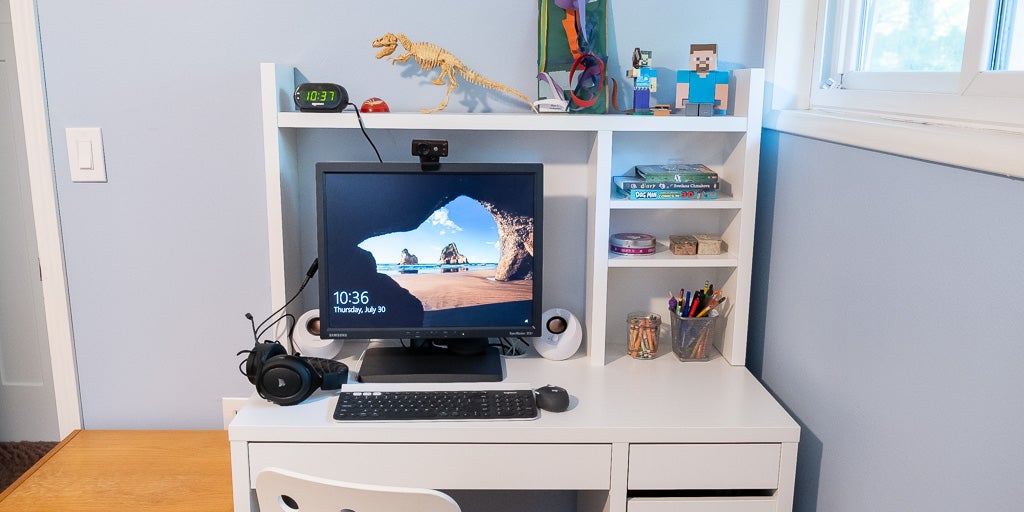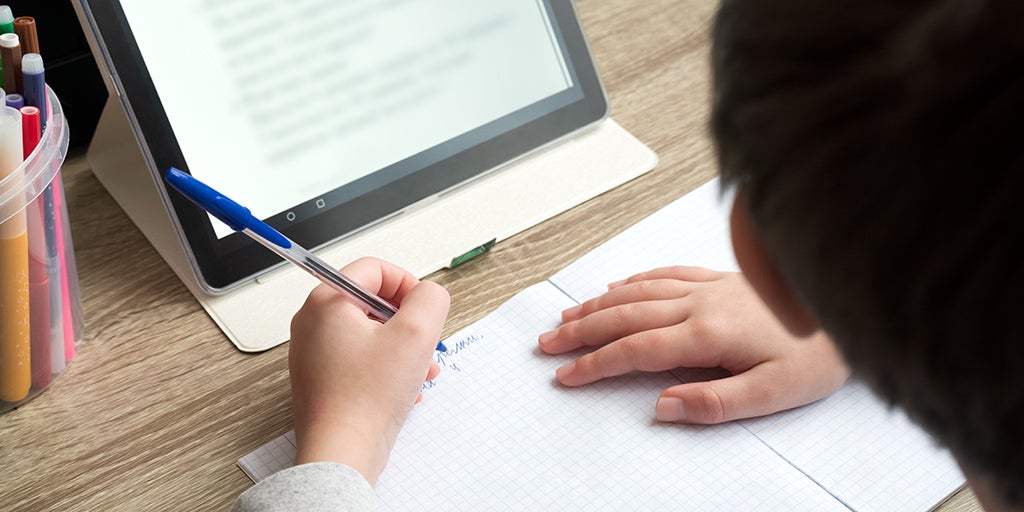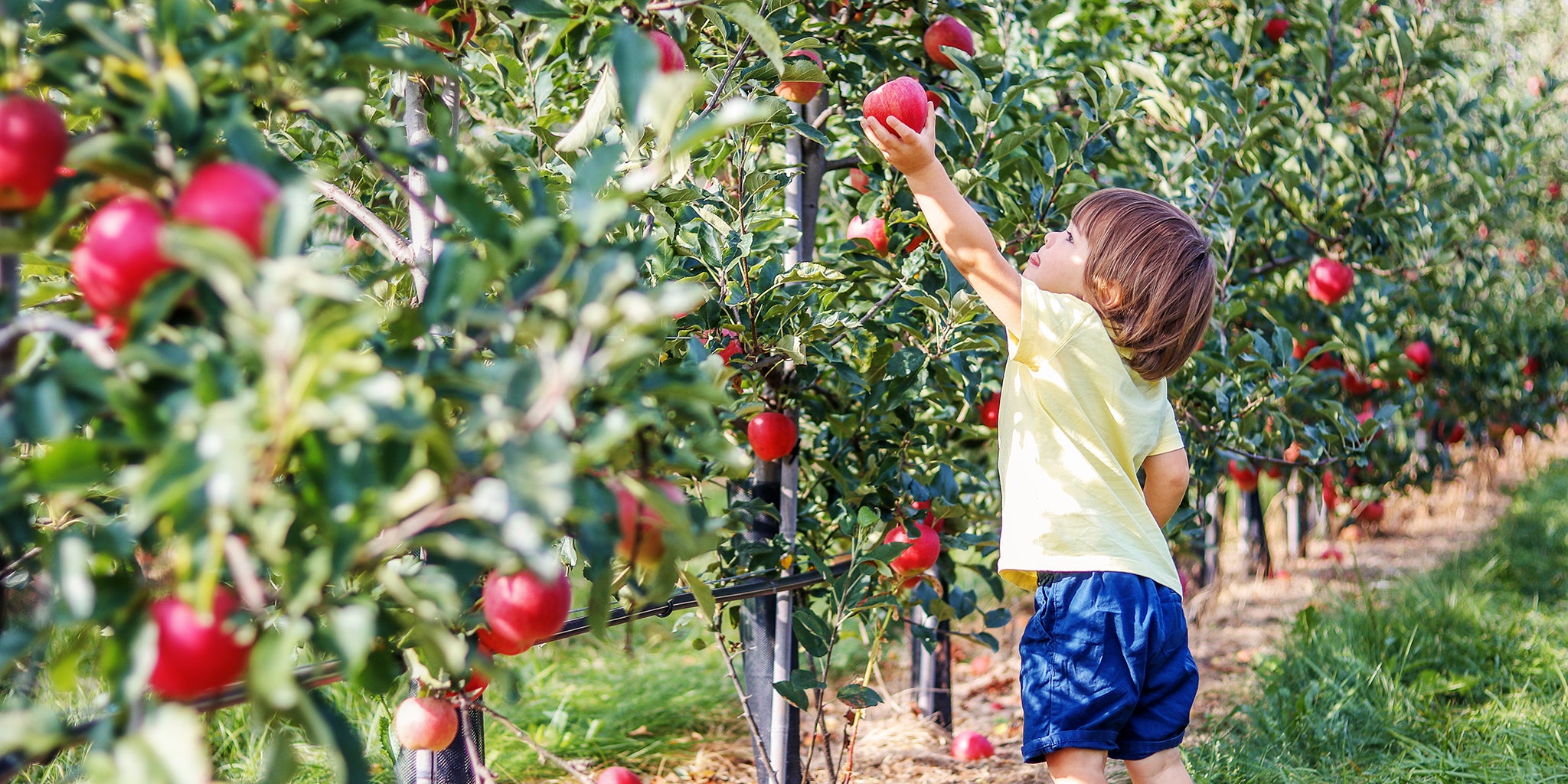By the end of the past school year, my 8-year-old daughter (like numerous kids) was stressed from pandemic homeschooling, and she was tired of her improvised work area in my office. When summer began we decided she didn’t simply need a better room for institution– she required some upgrades for open, imaginative play, as well. With a couple of adjustments, like reorganizing her bed room furnishings and including a big work table to her game room, my little girl was a various kid, developing and reading all day.
A lot of children are starting the new academic year partly or totally online, and much of their normal after-school destinations– gyms, libraries, arts-and-crafts studios– might continue to be shut. While they’re spending so much time at home, children can take advantage of having a creative area of their very own. Spending plan and area limitations can make this an obstacle for many family members, though.
I talked to 2 specialists about exactly how to deal with what you’ve got. Interior designer Shalena Smith, founder of Gaga Styles, has almost 25 years of experience developing kids’s rooms, and she’s been assisting customers obtain imaginative throughout the pandemic. Ana Dziengel, a former architect and founder of Babble Dabble Do (a children’ task blog and online shop), now educates extracurricular heavy steam (scientific research, innovation, engineering, art, and mathematics) classes. And Dziengel recognizes a great deal about helpful workspaces, budget friendly storage, and methods to let youngsters mistake without destroying your home. Personally, I’m a senior staff writer at Wirecutter who covers fabrics, organization, and home items. I’m additionally an avid crafter and a former elementary school librarian.
Make room for an imaginative children’ area
Smith’s initial step in locating new space for children is decluttering. You may not even recognize where you have area till you eliminate a couple of points. Smith says in order to take additional space for clients’ youngsters during the pandemic, she’s moved every little thing from pianos to huge cabinets into storage space. She suggests making different rooms for school and play.” [Kids] have to have the ability to charge and refocus,” she claims, including that they require to avoid work at the end of the day equally as long as adults do.
Smith advises her customers to consider nontraditional space: Walk-in wardrobes, garages, patio areas, and backyards are all up for grabs for youngsters right now. Since the pandemic started, she’s repurposed many spaces. She made a protected home office in the yard for one client so his children can claim area inside (this is a good option for a veranda, too), and she installed a Murphy bed in a customer’s guest area so it could function as a play area. If you’re producing rooms in a child’s bedroom, Smith says space divider panels like IKEA’s Risor folding screen permit you to create unique areas that aid youngsters focus; a curtain or reduced cabinet can additionally work. Some Wirecutter staffers utilize a lofted bed, like IKEA’s Kura, to take full advantage of flooring area for play or include a separate area for research.
As soon as you’ve recognized an area, concentrate on your youngsters’ passions. That could include developing an art corner, an analysis space, or perhaps a science station. Smith transformed fifty percent of one family’s garage into a dance studio for their daughter, mounting a floor-to-ceiling mirror and a cheap carpeting remnant (shops typically sell these remaining items from huge tasks) for the garage flooring. Her clients added a free standing ballet barre. Smith claims an area for kids doesn’t have to be big, as long as it’s theirs. “Possibly it’s just a corner, however if you make that their special corner, [it’s] saying via all of this pandemic, you matter.”
Set it up and keep it arranged
If you have the space, Dziengel suches as IKEA’s Linnmon tabletops, which can be placed on a variety of legs or cabinet devices to create a bigger job surface than most kids’s workdesks offer. I made use of these for my little girl, with flexible IKEA Olov legs on one end and an IKEA Kallax rack on the various other for publication storage space. For more youthful kids that won’t being in a chair for long, Dziengel states IKEA’s Trofast system is the perfect standing elevation (it’s likewise a Wirecutter team fave for plaything storage space). The IKEA Olov legs are adjustable from 2 feet to 3 feet, which might work with a Linnmon table top to create a large standing desk for more youthful kids.
Four-box white Ikea Kallax rack holding huge kids’s books and an etch-a-sketch, in the foreground of a kid’s imagination space.
Two Ikea Linnmon white table tops put in an L area, scattered with note pads, playthings, publications, and other craft gear set up to make a creative thinking room for youngsters.
2 Ikea Trofast storage space systems set side-by-side, with their interior white containers labeled with words and pictures, and two dollhouses established on top.
To create an analysis edge, try these longer Kallax racks; when transformed horizontally, they give storage space for books and a level surface area on which to play video games or do puzzles. When I was a children’s curator, few things annoyed me more than racks that were as well short for tall publications, and these cubbies benefit nearly all of my child’s. Smith likewise recommends lining up a few plaything boxes with paddings ahead to create a seats location that functions as additional storage space. We’ve owned the IKEA Stuva toy bin, and Target’s Pillowfort line has great deals of budget friendly, cheerful pillows and paddings. Add in an enjoyable light (we own the dinosaur and unicorn) for extra reading light.
For arts, crafts, and scientific research products, Dziengel recommends rolling storage space, like these Honey-Can-Do cabinets or the IKEA Raskog cart, a Wirecutter personnel favorite. “You can conveniently take them to where the action is,” Dziengel claims. She likewise suggests stackable bins in a variety of sizes to keep whatever neat, and she suches as these Iris totes and these Large locked boxes; in Wirecutter’s guide to the most effective storage containers, we advise Iris Weathertight Totes. Dziengel claims large containers are specifically useful for gathering youngsters’ projects that are piling up or that are incomplete and require to be done away with up until tomorrow. Because my child remained in preschool, I have actually labeled her storage containers for toys and art products utilizing a tag manufacturer, and I utilize a Polaroid Zink printer to add photos of the bin materials (this allows kids who aren’t yet reviewing see where to stash items throughout cleaning).
For little items, think about repurposing affordable storage meant for various other parts of your home. Dziengel advises economical plastic containers and caddies from the bathroom or laundry aisle of your local warehouse store. And one of Wirecutter’s editors utilizes this over-the-door shoe coordinator to keep her youngsters’ playthings and products. Dziengel’s favorite untapped resource is IKEA’s garden section, particularly during end-of-summer sales. She makes use of the Bintje galvanized steel flower pots– which can set you back as little as 50 cents each– for markers and pencils. She additionally likes IKEA’s rectangular blossom boxes, like the Sommarfest, for holding smaller sized containers of supplies.
Clean it up
Creative job and youngsters can be a messy combination, but Dziengel has pointers for keeping it under control. To safeguard table tops and desks, she recommends plastic table linens with a support:” [Liquids] can not saturate through them, and you can reuse them a whole lot.” Affordable trays, like the IKEA Tillgang, maintain uncapped pens and damp brushes from rolling onto the flooring.
When the fun is over, plastic meal pans can be made use of to collect dirty brushes, utilized paper towels, glitter, glue, and anything else that’s sticky or wet– except the kids themselves. For the messiest tasks, like those including damp clay or sudsy scientific research experiments, Dziengel utilizes round plastic bathtubs with deals with, like these Homz 17-Gallon Utility Tubs, so she can hose pipe every little thing down in her driveway. As she says, “If you can not allow a little of mess, you’re not enabling the kids to be as imaginative as they can.”




